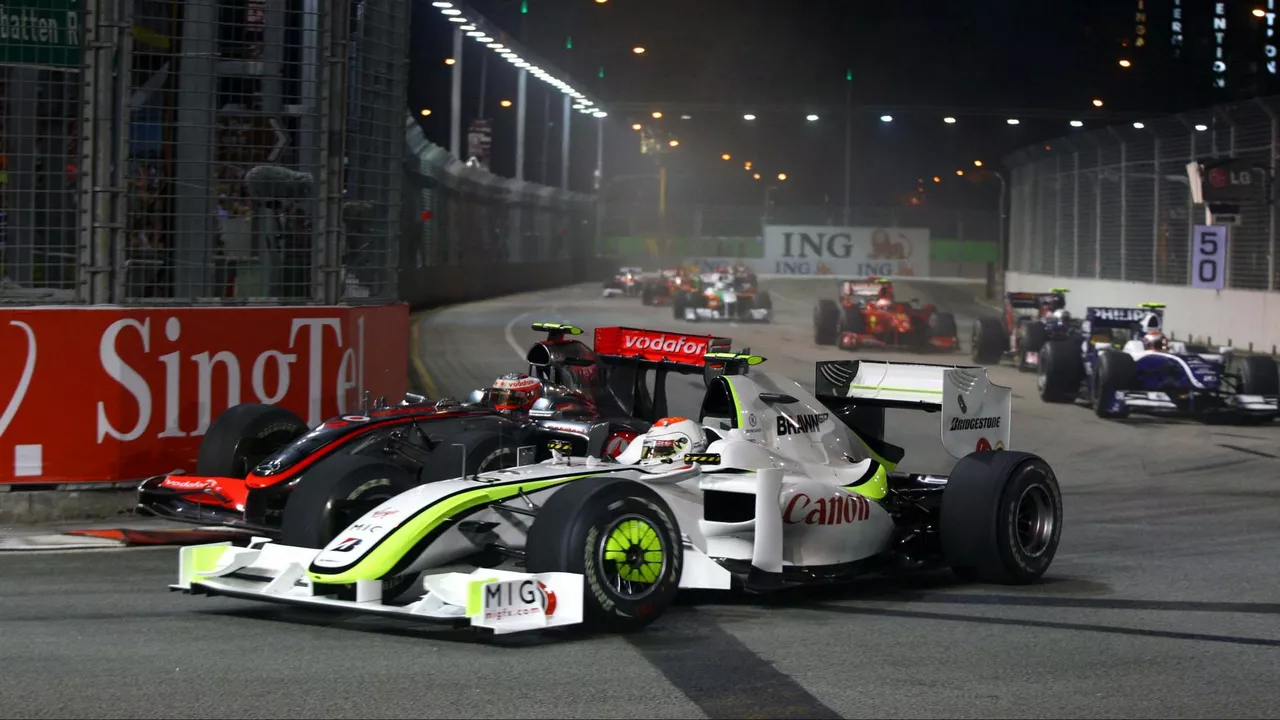F1 Racing Explained: What Every Fan Should Know
If you’ve ever wondered why F1 cars look like rockets or why the team boss gets as much hype as the driver, you’re in the right spot. This guide breaks down the biggest pieces of the sport in plain English, so you can watch a Grand Prix and actually understand what’s happening on track.
Who Runs the Show? The Team Principal
The team principal is the head honcho behind the scenes. Think of them as the CEO of a racing team. They decide which driver gets the seat, set race strategy, handle media duties, and keep the engineers on track. When you hear a team making a bold pit stop call, it’s the principal’s plan in action. Their job is part manager, part diplomat, and part technical guru, all rolled into one fast‑paced role.
Key Elements of an F1 Race Weekend
Each Grand Prix weekend follows a simple pattern: practice, qualifying, and the race. Practice sessions let drivers and engineers fine‑tune the car’s setup. Qualifying decides the starting grid, and the race is the main event where points are awarded. The points system gives the top ten finishers a spread from 25 points for first place down to 1 point for tenth. Those points add up across the season to crown the Drivers’ and Constructors’ Champions.
tyre choice plays a massive part in strategy. Pirelli supplies slick and wet tyres, each with different performance windows. Teams must balance grip versus durability—push the soft tyre too hard and it wears out fast; stick with a harder compound and you might lose speed.
Another crucial piece is the car’s aerodynamic package. Wings and diffusers shape airflow to create downforce, which sticks the car to the track at high speeds. Small changes to wing angles can shave tenths of a second per lap, and that’s enough to change podium positions.
Fans often ask why only a few manufacturers dominate. Money matters. Designing, building, and running an F1 car costs hundreds of millions of pounds each year. Mercedes, Ferrari, and Red Bull have the deep pockets and technical expertise required to stay competitive. That’s why you’ll see these names consistently at the front of the grid.
Technology transfers from F1 to road cars too. Hybrid power units, energy recovery systems, and advanced materials all trickle down to everyday vehicles, making the sport more than just a weekend spectacle.
So, what can you do to get more out of each race? Start by watching the pre‑race interviews—team principals often hint at their strategy. Keep an eye on tyre choices during qualifying; they give clues about the race plan. And don’t forget the radio messages; they reveal real‑time decisions that shape the outcome.
Whether you’re a seasoned fan or just curious, understanding these basics turns the roar of the engines into a story you can follow. Grab a snack, fire up the next Grand Prix, and enjoy the race with a clearer picture of what’s really going on behind the curtains.
